banamine for horses
$125.00 – $900.00
Discover how Banamine is used for horses, including its dosage, benefits, and potential side effects. Learn how to safely administer Banamine for pain, inflammation, and colic.
Banamine for Horses
Banamine (flunixin meglumine) is a powerful non-steroidal anti-inflammatory drug (NSAID) commonly prescribed for horses. It’s well-known for its ability to reduce inflammation, alleviate pain, and treat colic symptoms. If you’re a horse owner or equine caretaker, understanding how Banamine works, when to use it, and the correct dosage is essential for your horse’s health and well-being.
In this article, we’ll cover everything you need to know about Banamine for horses, including how it’s used, potential side effects, and important safety guidelines.
What is Banamine for Horses?
Banamine is an NSAID used to manage pain and inflammation in horses. It is primarily prescribed for:
- Colic relief: One of the most common reasons for Banamine use, as it can rapidly reduce abdominal pain.
- Musculoskeletal pain: Banamine is also effective for treating pain and swelling caused by injuries or arthritis in horses.
- Fever reduction: It’s often used to lower fevers in horses caused by infections or illnesses.
The drug works by inhibiting the production of prostaglandins, compounds that contribute to inflammation and pain in the body.
When Should Banamine Be Used?
Banamine is most commonly used in horses suffering from:
- Colic: Veterinarians often administer Banamine to manage colic-related discomfort. However, it’s important to note that Banamine addresses the symptoms (pain) but does not treat the underlying cause of colic.
- Inflammation from injuries: Horses experiencing joint or muscle inflammation due to injury or arthritis can benefit from Banamine’s anti-inflammatory effects.
- Fever: If your horse has a fever due to an infection or respiratory illness, Banamine can help reduce the fever and improve overall comfort.
Important Note:
While Banamine can provide fast relief, it should only be used under the guidance of a veterinarian. Misuse of Banamine can lead to serious side effects, which we’ll cover later in this article.
Banamine Dosage for Horses
The dosage of Banamine for horses depends on the horse’s weight and the condition being treated. The most common forms of Banamine are injectable solution and oral paste. Your vet will provide instructions for the correct dosage, but general guidelines are:
- Injectable Solution (IV): 0.5 mg/lb (1.1 mg/kg) of body weight, administered once or twice daily.
- Oral Paste: 0.5 mg/lb (1.1 mg/kg) of body weight, administered once daily.
For a 1,000-pound horse, the typical dose is 500 mg of Banamine once or twice per day, depending on the severity of the condition and your veterinarian’s recommendation. It’s critical to follow your vet’s dosing instructions to avoid overdosing, which can be harmful.
How to Administer Banamine
Injectable Banamine (IV):
Administered directly into the vein by a veterinarian or trained individual. While this method provides faster pain relief, improper administration can lead to severe complications, such as tissue damage or even fatal reactions.
Oral Banamine Paste:
This is a convenient method for horse owners to administer Banamine at home. The oral paste comes in a pre-measured syringe, allowing you to easily give your horse the appropriate dose.
Side Effects and Risks of Banamine in Horses
While Banamine is highly effective, it does come with potential risks and side effects. Prolonged or improper use can lead to complications, including:
- Gastrointestinal ulcers: One of the most common side effects of Banamine. Horses treated with high doses for long periods are particularly at risk.
- Kidney damage: Overuse can impair kidney function, especially in dehydrated horses.
- Injection site reactions: Intravenous injections must be performed carefully to avoid tissue damage, which can lead to serious infections.
It’s crucial to monitor your horse for any adverse effects when administering Banamine and consult your veterinarian immediately if you notice unusual symptoms like diarrhea, lethargy, or decreased appetite.
Can You Give Banamine for Colic at Home?
Many horse owners keep Banamine on hand for emergencies, such as colic episodes. While Banamine can provide temporary relief, it’s important to contact your vet if your horse shows signs of colic. Administering Banamine without identifying the cause of the colic can mask symptoms, making it more difficult for your vet to diagnose and treat the underlying issue.
Pro Tip:
If your horse has repeated episodes of colic, consult your vet before giving Banamine. A veterinarian will be able to provide a thorough examination and pinpoint the cause of colic, which could range from gastrointestinal blockages to stress-induced discomfort.
Where to Buy Banamine for Horses
Banamine is a prescription medication, so you can only purchase it with a valid prescription from a veterinarian. You can buy it through your vet’s office or online from licensed pet pharmacies. When buying online, ensure that you’re purchasing from a reputable source to guarantee the quality and authenticity of the product.
Key Takeaways
- Banamine is a potent NSAID used in horses to relieve colic pain, reduce inflammation, and lower fevers.
- The correct dosage depends on your horse’s weight and the condition being treated, typically 0.5 mg/lb (1.1 mg/kg) of body weight.
- Side effects include gastrointestinal ulcers, kidney damage, and potential injection site reactions.
- Banamine should only be administered under veterinary supervision to ensure your horse’s safety and avoid dangerous complications.
- Consult your vet before using Banamine, especially in cases of colic, to avoid masking symptoms of serious underlying conditions.
Banamine is a lifesaver for many horses dealing with pain, inflammation, and colic, but it must be used with caution. Always consult your veterinarian for the appropriate dosage and administration guidelines, and monitor your horse for any side effects. Proper use of Banamine can provide fast relief and improve your horse’s comfort and quality of life.
Frequently Asked Questions About Banamine for Horses
Here are some answers to common questions regarding Banamine dosage and administration for horses.
1) What is the Banamine dose for a 1000-pound horse?
For a 1000-pound horse, the standard dose of Banamine is 500 mg. This can be administered either as an intravenous (IV) injection or as an oral paste. Typically, the dosage is 0.5 mg per pound of body weight, which amounts to 500 mg once or twice a day, depending on the condition and your veterinarian’s recommendation.
2) How many cc of Banamine for a horse?
The number of cc (cubic centimeters) of Banamine a horse needs depends on the concentration of the injectable solution. Typically, Banamine injectable solution comes in a concentration of 50 mg/mL. For a 1000-pound horse, needing a 500 mg dose, you would administer:
- 500 mg ÷ 50 mg/mL = 10 cc
So, you would administer 10 cc of Banamine for a 1000-pound horse, once or twice a day, as prescribed by your veterinarian.
3) What is the Banamine dosage for horses?
The general recommended dosage of Banamine for horses is 0.5 mg per pound of body weight (1.1 mg/kg). This means that for every pound your horse weighs, you would administer 0.5 mg of Banamine. The frequency of administration is typically once or twice daily, depending on the severity of the condition and your vet’s instructions.
For example:
- A 500-pound horse would receive 250 mg (5 cc of injectable Banamine).
- A 1000-pound horse would receive 500 mg (10 cc of injectable Banamine).
Always consult with your veterinarian for the appropriate dosage and duration of treatment specific to your horse’s condition.
| quantities | 5, 6, 10, 25, 50 |
|---|


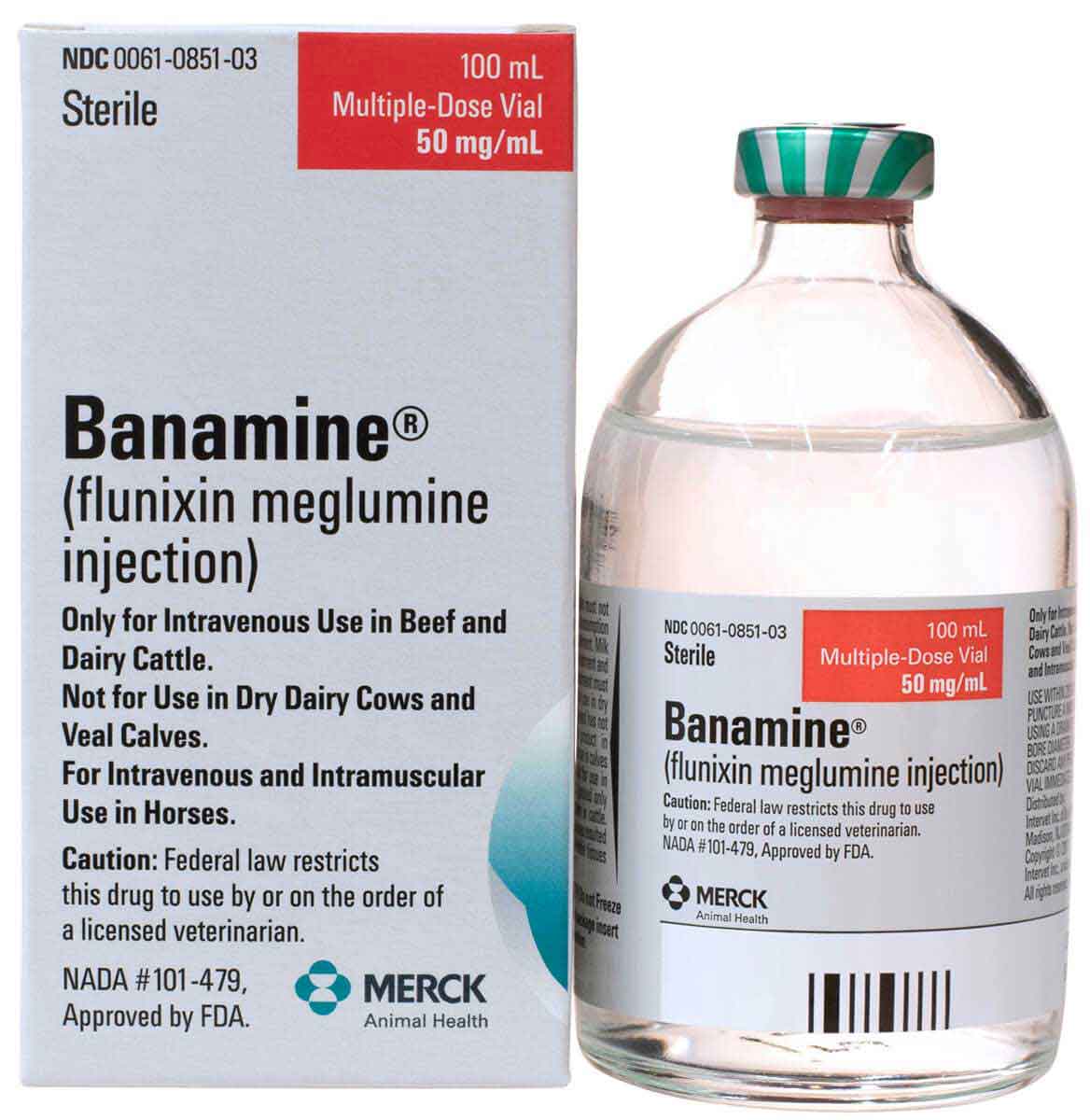
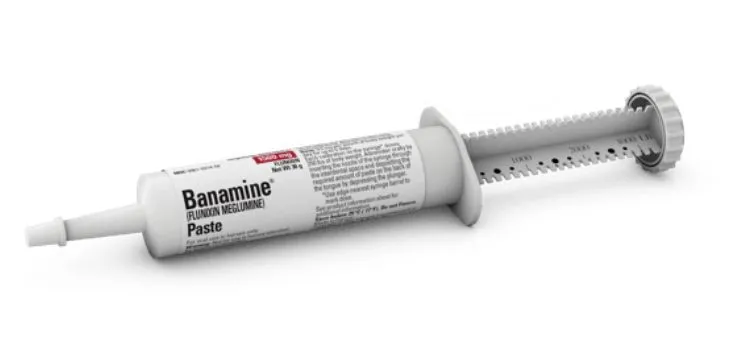
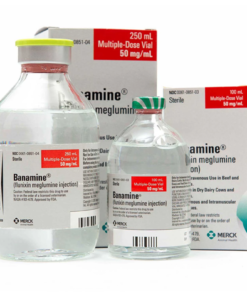

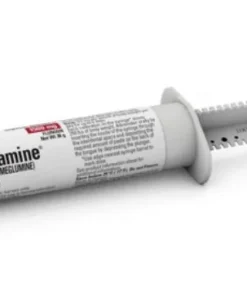



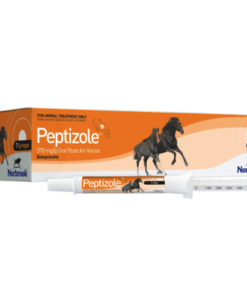
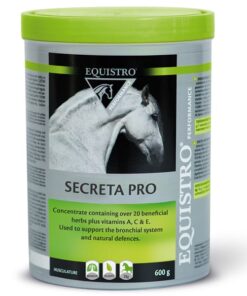
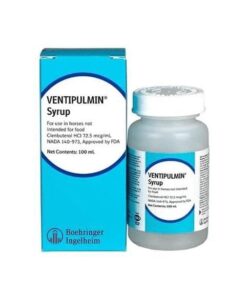
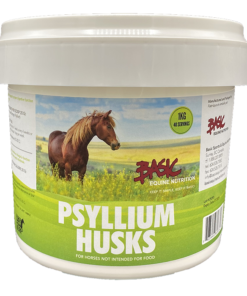
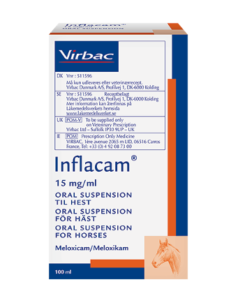
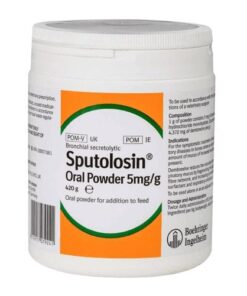
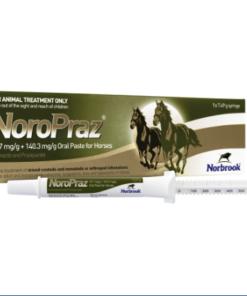
Kurt Wisehart –
⭐⭐⭐⭐⭐
Fast-Acting Pain Relief for My Horse!
Banamine has been an absolute lifesaver for my horse. He was dealing with colic pain, and after administering Banamine, the results were almost immediate. Within minutes, I could see he was more relaxed and comfortable. I love how reliable and fast acting this product is. It’s been a crucial part of my horse’s care, especially during those urgent situations. I highly recommend Banamine to any horse owner looking for effective pain relief. I wouldn’t trust anything else for my horse’s wellbeing!